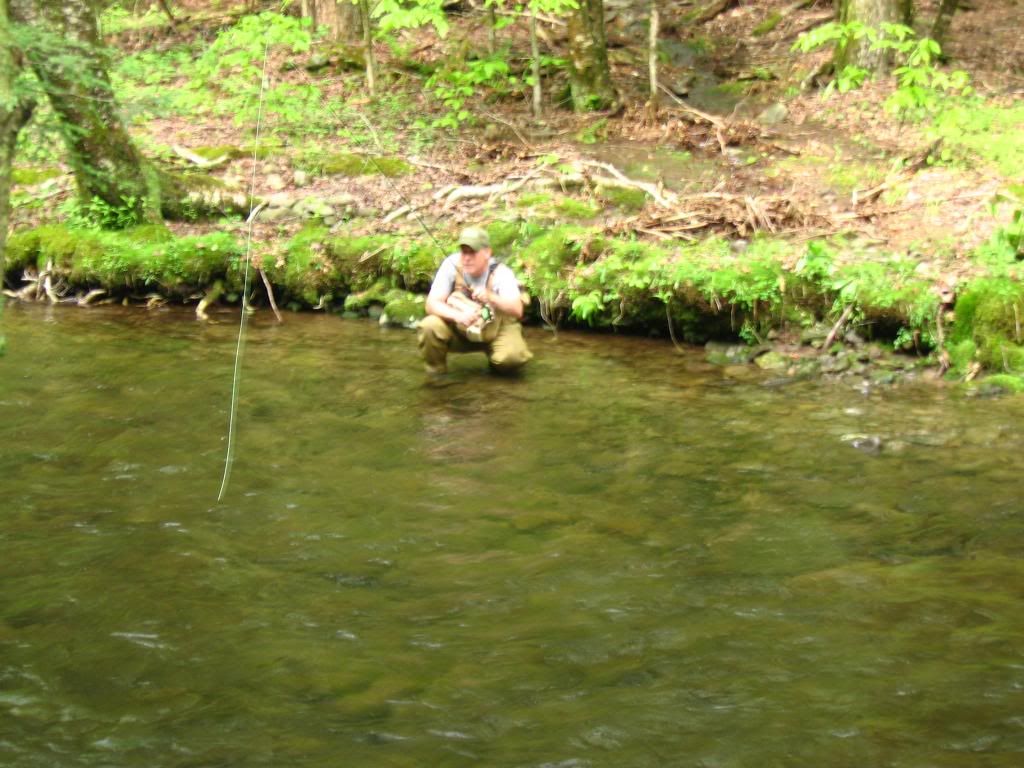Nice photo.

Oh..... so many variables and so little time! This is one of those "never ending stories" of science that even scientists struggle to answer...... let alone little educated me!
On hearing, fish do not have ears...... do they?
They do not have external ear openings, but they do have internal ear "parts" that send sound messages to their brains. They have an ear "canal" full of tiny hair like nerve endings and little "stones" that rest on the hairs. Any noise vibration (waves) in the water cause the fish to vibrate, the stones being denser than the fish, vibrate at a different frequency, this causes them to move differently and sends this message via the hairs to the brain, alerting them to a ruckus in the water.
This is what I believe they pick up on most when they "hear" wading boot studs or bars grating on stone.
They also pick up vibration and motion waves as the water is disturbed, through their lateral line. When wading in felts or at least being as quiet as you can, sure you cannot be seen, ever had a trout just up and bolt before you get to it, even though you are sure you are in its blind-spot? Odds are it felt your presence by the water being disturbed.
Sight, well for me there are just too many variables to give a firm answer. Depth, refraction, intensity of light, angle of light, colouration of water, velocity of water, oxygen content...... the list can be endless. They have eyes, they can see. A lot has been written on sight "cones" and blind-spots, but many of us would have struck times when many a rule can be debated.
Unless you are living life as a born-again fish, odds are you will never know the answer. I think a lot of the time it is to do more with the fishes focus, where it is looking in the water for its next meal. If a fish is not on the alert already, through sound or vibration, odds are it is looking for food. If looking up, they are harder to approach, if looking down they are easier. Well in my casual observations they are.
One thing I have learnt is, you can waste a lot of time studying this science of fish senses. Waste a lot of time and materials trying to tie the perfect fly (especially surface floating dry flies), when for centuries dry fly fishers have been using Mayfly imitations that are perfect regimental sergeant like in posture and pencil straight in the body, very few naturals sit on the film like that, but the flies work and will continue to do so. The fish sees "enough" to trigger a response and that is all I need.
Wonder if it's the same for the fish?


